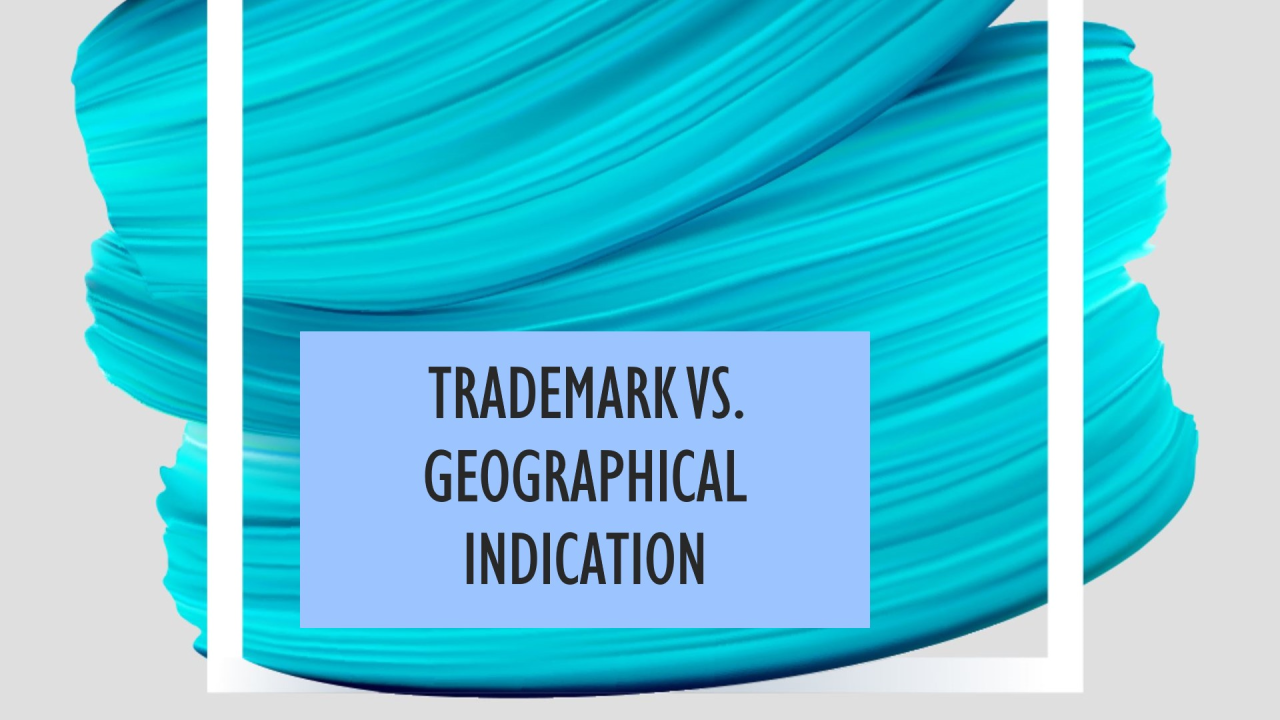
Introduction:
Intellectual Property (IP) has become an essential tool for protecting the rights of creators, producers, and manufacturers. Among various IPs, trademarks and geographical indications (GI) are vital in identifying the source and ensuring the authenticity of goods. While both serve as identifiers, their purpose, legal framework, and benefits differ significantly, leading to a need for a clear understanding of their application in the market.
Understanding the differences between trademarks and GIs is crucial for stakeholders navigating the legal and commercial aspects of IP. This article will explore key differences, their significance, and the legal procedures to protect them.
Definitions:
- Trademark: A trademark is a recognizable sign, design, or expression that distinguishes the products or services of one entity from others. According to the Indian Trademarks Act of 1999, a trademark can include anything from words, signatures, names, numerals, or a combination thereof. Its primary function is to safeguard the unique identity of a brand and to protect the commercial origin of goods or services.
- Geographical Indication: A GI is a sign used on products that originate from a specific geographical region, possessing qualities or a reputation inherently linked to that area. Governed by the Geographical Indications of Goods (Registration and Protection) Act of 1999, GIs protect products like agricultural goods, handicrafts, and traditional items that derive their value from the geographic environment, including climate, soil, and traditional skills.
Key Differences:
- While trademarks protect the unique identity of a brand, GIs emphasize the relationship between the product's qualities and its geographical origin.
- Trademarks offer individual ownership, while GIs are collectively owned by producers in a designated region.
Legal Framework:
- Trademark: In India, trademarks are governed by the Trade Marks Act of 1999. The Trademark Registry, under the Ministry of Commerce and Industry, administers the act.
- Geographical Indication: GIs in India are governed by the Geographical Indications of Goods (Registration and Protection) Act of 1999, which ensures that producers within a designated geographical area can benefit from their regional identity.
Registration Procedure:
- Trademark: In India, the registration process includes conducting a trademark search, filing the application, examination, publication for opposition, and finally, the issuance of the registration certificate. The trademark is valid for ten years with the option for renewal.
- Geographical Indication: The GI registration process involves filing a collective application by an association of producers, providing supporting documents related to the product’s geographical characteristics, and undergoing examination. Once registered, GIs remain valid as long as they continue to meet quality criteria.
Ownership Rights:
- Trademark: Trademark rights are individually held, granting the owner exclusive control over its use.
- Geographical Indication: GI rights are collective, allowing any producer within the designated area to use the GI as long as they meet established quality standards.
Enforcement Mechanisms:
- Trademark: Trademark owners can seek civil remedies such as injunctions and damages for infringement. Criminal penalties for intentional infringement are also available.
- Geographical Indication: GI protection is collective, with associations taking action against unauthorized usage through civil and criminal remedies.
Conclusion:
While both trademarks and GIs serve as essential tools for identifying products in the marketplace, they operate under distinct principles. Trademarks focus on individual brand identity, while GIs emphasize collective rights tied to geographic areas and their unique qualities. Understanding these differences is crucial for both producers and consumers.
This insightful article was contributed by Sejal Raghuwanshi, who is working with AceAttorn Legal Solutions as part of her IPR internship. Her research and dedication in understanding the complexities of IP law have greatly enriched this piece.


